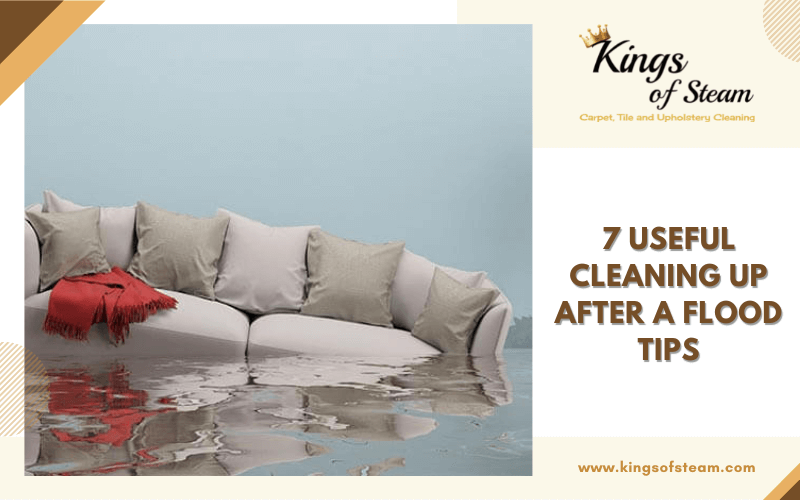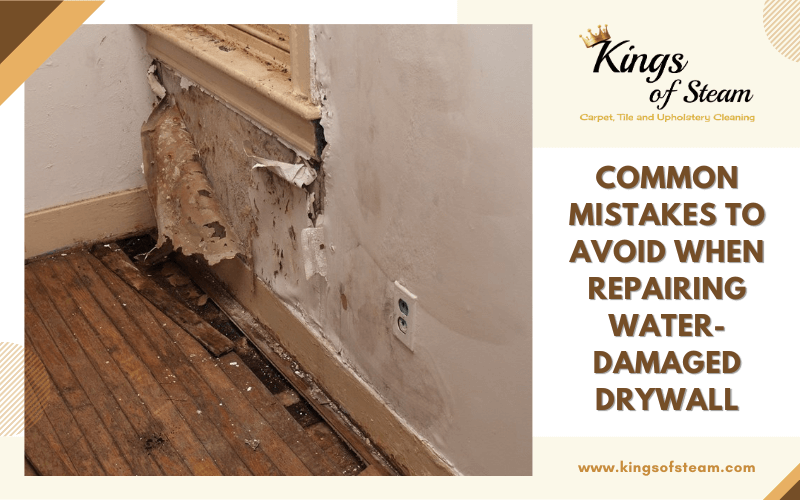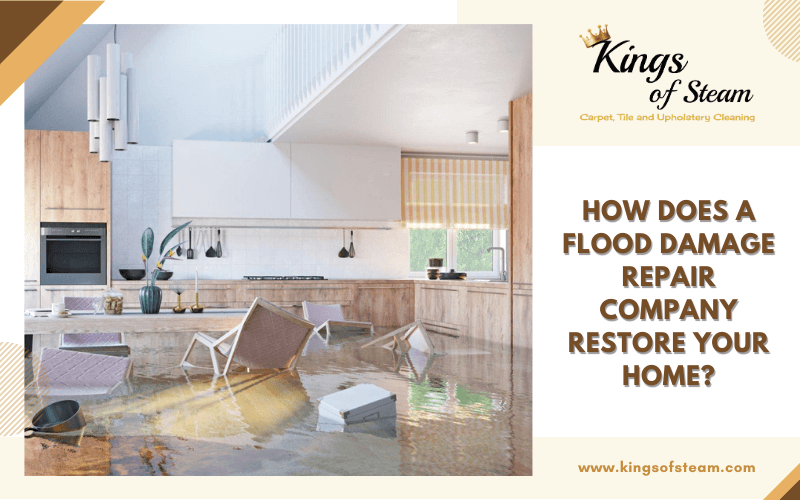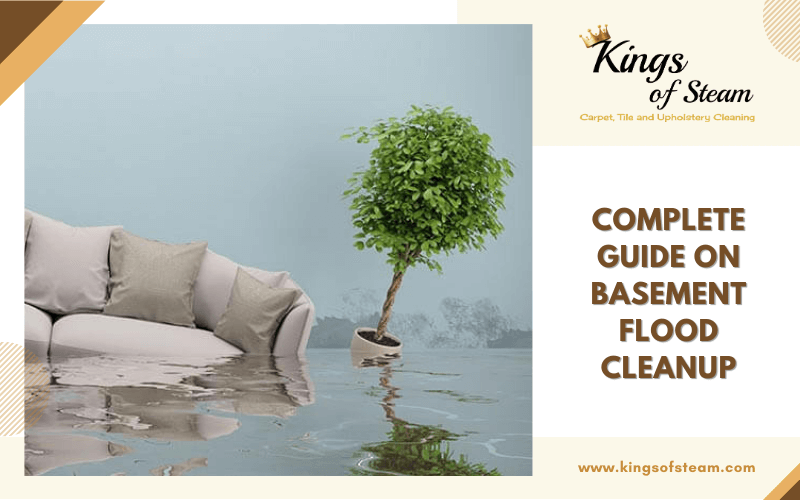Whether it is for heavy rains, floods, or storm surges, water causes significant damage that requires significant and rapid cleaning. Your home’s structure, your possessions, and the inside environment can all be severely damaged by flooding. Floodwaters are heavily muddied and contaminated.
Take a safe look at the flood damage and learn a few cleaning-up-after-flood tips to avoid further property damage.
First Things First: Initial Inspection And Safety
⇒ Call Your Insurance Agent
When the installer contacts you, your agent will let you know if your insurance will cover the damage. Make an inventory of the damage, and while cleaning, record pictures or videos. Complete records of insurance claims, claims for disaster relief, and tax deductions are required.
Although cleaning may be your first impulse, you need to safeguard yourself from any potential risks. The building may not be secure, and the water may contain waste and other impurities.
⇒ Remove The Water
Your action plan for the cleaning process begins with the removal of standing water. Use a pulse or pump, then vacuum with a wet/dry vacuum cleaner.
⇒ Throw Away Contaminate Products
Put all soaked and contaminated material in a plastic garbage bag and take it out. If it’s contaminated by sewers, it must be labeled and disposed of according to local regulations.
Depending on the level of water damage received, we decide if the carpet, furniture, and/or other fabric is to be thrown or cleaned.
⇒ Shovel Out Mud
The next step in the cleaning process is to remove the mud and sludge before it dries. Use a hose if required.
⇒ Clean The Walls
When cleaning and drying walls after a flood, be quick, thorough, and safe. After exposure to flood water, the walls must be dried from the inside. The interior frame of the walls must be dry.
Remove interior wall panels and insulation to immediately remove water and mud from wall cavities.
Rinse and hose the walls several times before it dries. Clean and disinfect them. Start at the bottom to work your way up with bleach. Do not bleach with ammonia as its smoke is toxic.
⇒ Work On The Floors And Woodwork
Use plenty of hot water, ammonia-free detergent, and disinfectant. Be sure to remove mud and dirt from the corners, cracks, and crevices.
Clean moldy floors and woodwork with an alkaline solution such as sodium hydroxide solution or tri-sodium phosphate (4 to 6 tablespoons per 1 gallon of water). Give the floor a final and thorough wash using mild cleaning agents.
Rinse all surfaces with a disinfectant made of 1/2 cup Chlorine Bleach solution in 1 gallon of water.
⇒ Drying
Quickly drying and removing contaminated items can help prevent biological contamination or mold growth. The constant circulation of hot air on wet surfaces can significantly reduce drying time.
Including heat will help the drying process. But remember that you may need to clean, dry, and restore the heating system. Use dehumidifiers to help dry.
How Long Does Mold Set In After Water Damage?
After exposure to water, mildew and mold will start to grow in 24 to 48 hours. Even worse, it won’t stop growing until action is taken to stop the moisture source and effectively address the mold issue.
If you still do not have enough knowledge about what you can do after the flood you can always call professionals. As they actively participate in these cleaning you need to ask them about safety precautions first and they would ensure you do not face any problems.
They are actively available 24/7 and aim to provide the best service possible. If you have any kind of leakage in the house or basement you can also call them for a quote.




